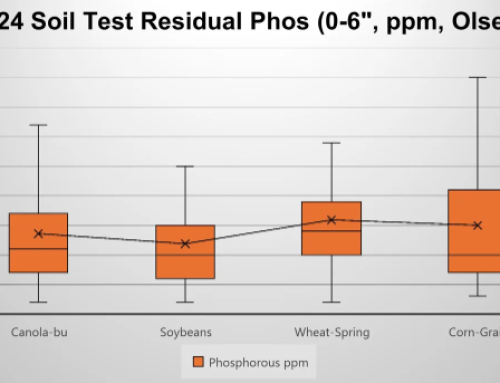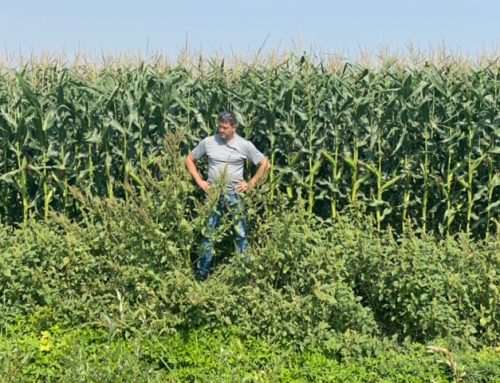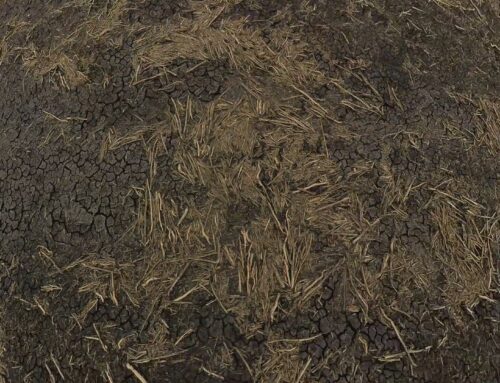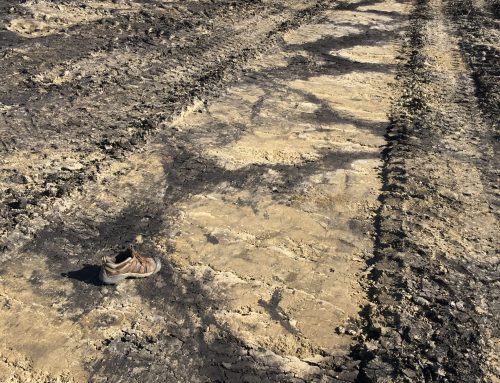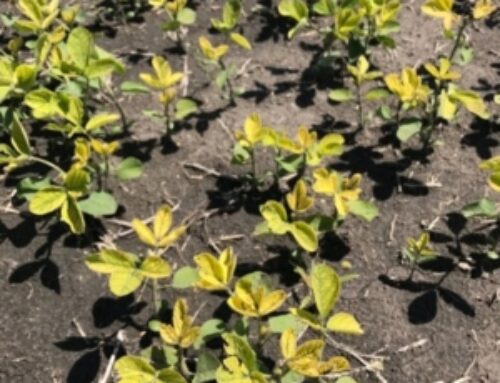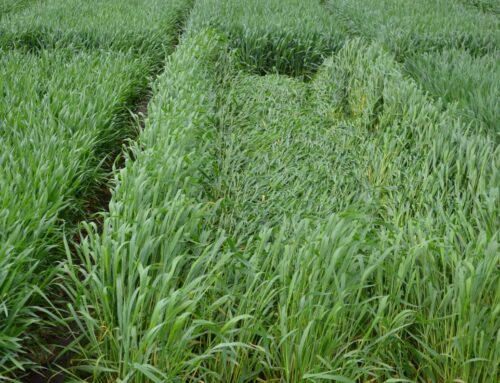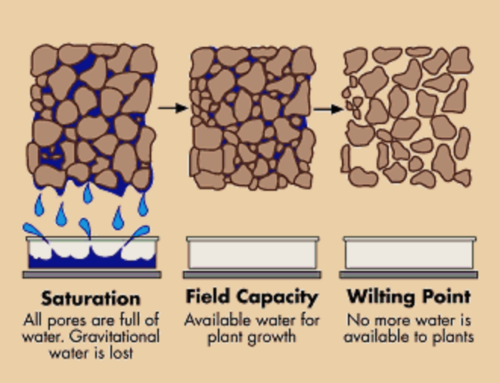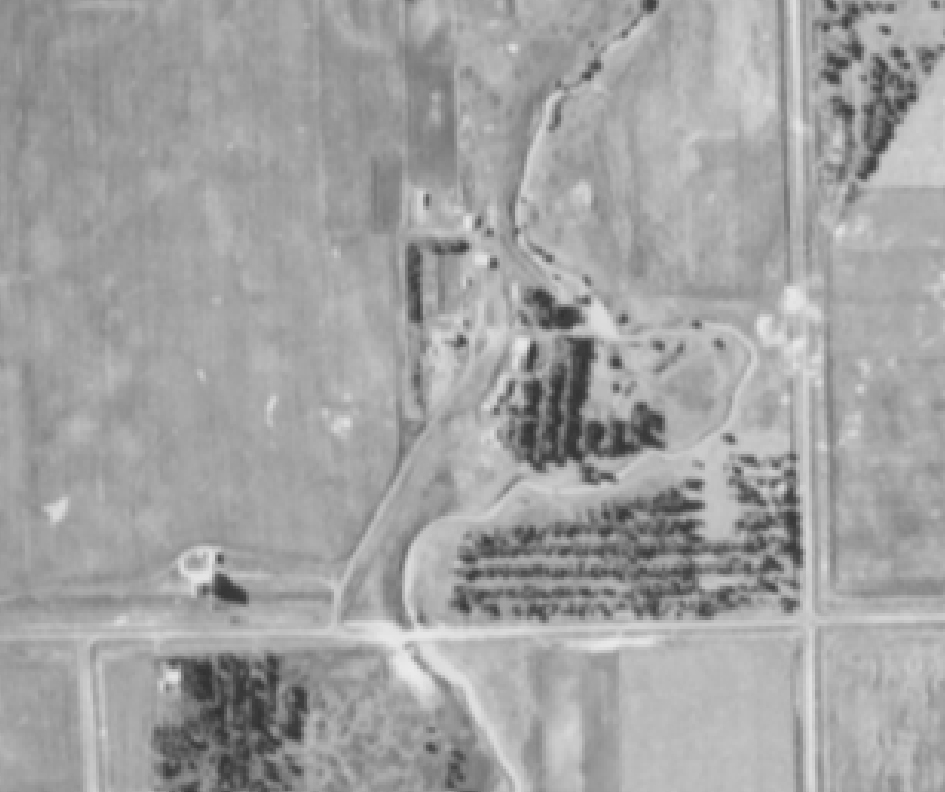
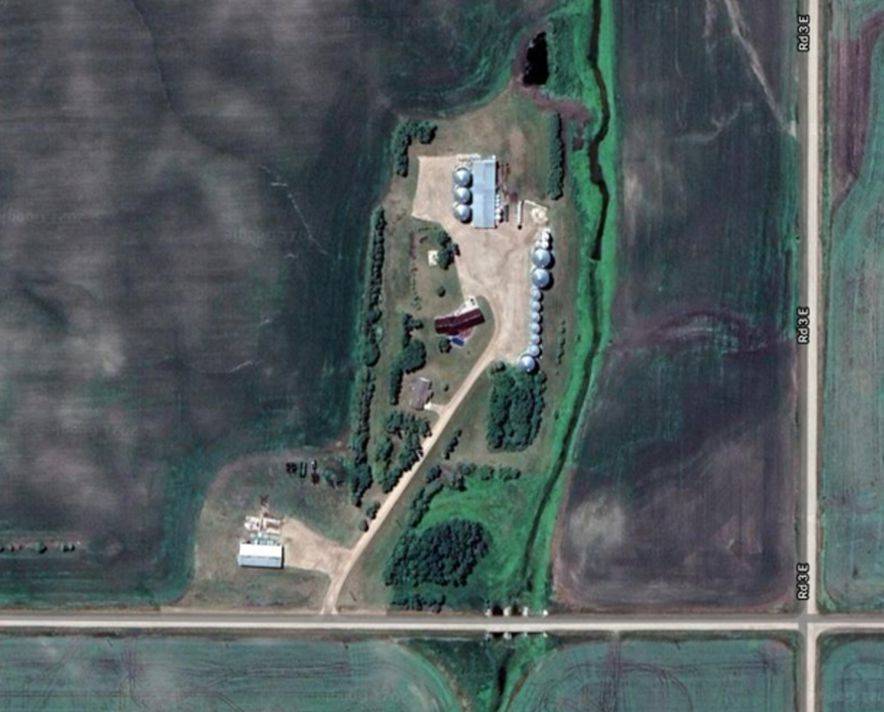
Throughout this past season we have noticed increasing interest in soil health, sequestering carbon and regenerative agriculture. This is in part due to social media activity, end user demand, the government hinting at the development of a federal carbon market and major players in the crop input market announcing their own involvement in the carbon trade.
This sparked our interest in brushing up on our soil health knowledge and how this might affect our clients. In our benchmarking and farm trial programs, we encourage producers to ask themselves 3 questions. How good am I, how good could I be and how do I get there? To figure out where we need to go in terms of soil health, we first need to figure out how things could be.
The main goal of soil health for many is to mimic nature as close as possible. Ecosystems that have not been touched by the human hand are seen as the golden standard. Yes there are exceptions to every rule, but generally a healthy soil will have good aggregation, minimal disturbance, a variety of plant species, living roots most months of the year and a thriving population of microbes, fungi’s and worms. What does this look like? Every ecosystem will be different but regardless of where you might farm, in order to move forward, you must first look back….
Where can we find the optimal for our ecosystem? The Red River Valley has only been farmed for 100-120 years. It wasn’t before the early 1900’s that our land was broken and properly drained. You can look back through history books to determine what native vegetation and early farming looked like.
OR
You can find a patch of ground that hasn’t been disturbed in 50+ years to see how it compares to soil under modern farming practices. Table 1 below is a comparison of standard soil test nutrients and soil characteristics between a field under current production practices and an adjacent grassy area with scrub brush.
To put things into context, I should disclose that the field results are a 5 year average using composite sampling methods. These include both high ground (eroded areas that shed water) and low (water accumulating areas). The grassland area is in a point following a small creek. Areas this close to the creek flood regularly every spring and it is also near an old homestead so there is a good chance it had livestock grazing on it at one point. A better “apples to apples” comparison might be made by targeting our sampling to areas in the adjacent field that would have been more prone to flooding. When this land was broken in the early 1900’s, fertilizer did not exist. Producers relied on summer fallow as a means of letting the soil rest and rebuild with moisture. This left the soils prone to heavy wind erosion with our lack of trees and topography. A much greater percentage of erosion damage will have occurred in the first 50 years of farming vs our last 50.
Historical Lake Agassiz and the Red River Valley
The Red River Valley is a flood plain of the ancient glacial lake Agassiz. We are essentially at the bottom of the bowl so to speak. Our soils are deep, heavy clays, and calcareous in nature. While there is some natural drainage this close to the river, many fields have less than 3′ differences in elevation. What we call ridges might not even equate to table or counter height.
| Soil Test Results | Five Year Composite Average | Adjacent Grassland |
| NO3-N (lb/ac) 0-6″ | 16.3 | 9 |
| NO3-N (lb/ac) 6-24″ | 18.5 | 6 |
| NO3-N (lbs/ac) 0-24″ | 34.8 | 15 |
| Phos ppm | 5.0 | 40 |
| K ppm | 323.7 | 506 |
| Sul (lbs/ac) 0-6″ | 53.3 | 34 |
| Sul (lbs/ac) 6-24″ | 323.0 | 54 |
| Zn ppm | 0.7 | 2.53 |
| OM % | 4.7 | 8.7 |
| pH 0-6″ | 8.2 | 7.7 |
| Sol Salts (mmho/cm) 0-6″ | 0.6 | 0.62 |
| Sol Salts (mmho/cm) 6-24″ | 0.8 | 0.59 |
| CCE % | 5.4 | 2.6 |
Looking at these results we get somewhat of an idea of what we should maybe strive for. A few things to note include:
- Less nitrogen in grassland. Makes sense as it is under permanent cover and hasn’t been fertilized in a long time.
- Phosphate: 40ppm vs only 5ppm under current practices. Is this tied to pH and carbonate differences?
- Carbonate levels can fluctuate somewhat with the water tables, but generally lowers levels indicate better water infiltration rates that leach them downwards. The differences could also be related to some of ridges being sampled in the composite field test.
- pH is also lower which is likely tied to lower carbonate levels.
- Potassium levels may better reflect native levels. We have been mining potash from our soils due to its abundance, higher yielding crops and the recent introduction of K loving crops like corn and soybeans.
- Sulphur levels are higher in the cultivated field. Much of our soil sulphur is in the sulphate (salt) form. Salts move freely with the water table and may have moved upwards as water gets used by the crop. Cultivating soils generally reduces water infiltration as you break roots, mess with aggregates and burn organic matter. Less water infiltration means less leaching of salts and less available for crop use. So you get a net upward movement.
- Zinc availability is drastically different. Is this a function of it being tied up due to higher pH levels or dies it have to do with a possible history of livestock?
- Organic Matter (OM) differences of almost 9% vs 5% is a drastic difference. This might be attributed to several factors. First off, OM is measured at most labs using the loss-on-ignition method. This involves cooking the sample at high temperature to burn off all the carbon then measuring the weight difference. If you have a lot of decomposed plant materials and roots in your sample, you will get an inflated OM result. Secondly, the composite field test included erroded knolls with thinner or non existent topsoil layers. This would also result in lower OM levels.
So in conclusion, to know where we want to go, sometimes we must look into the past to move forwards. We know that modern farming practices still have somewhat of a negative effect on our soils. We have come a long way from where we were even 50 years ago, but those were the best tools we had at the time. With today’s improvements in residue management, its movements towards increasingly less tillage and new ways of measuring production, we will continue to reduce our impact on one of the earth’s most important resources, soil.
I will always remember my dad telling me about a conversation he once had with an older gentleman. The older gentleman, a retired farmer in his 90’s made the comment that in his 90 years he had seen it all. From breaking the land with horses to 600+hp tractors guided by GPS.
What was dad’s reply?
“Just wait. You will probably see more change in the next 5 years than you saw in your last 90!”

